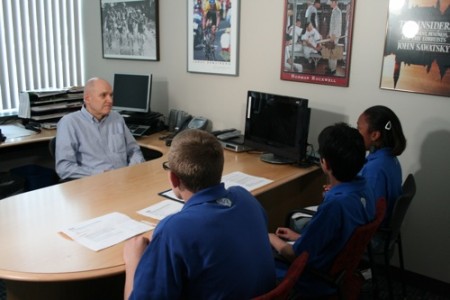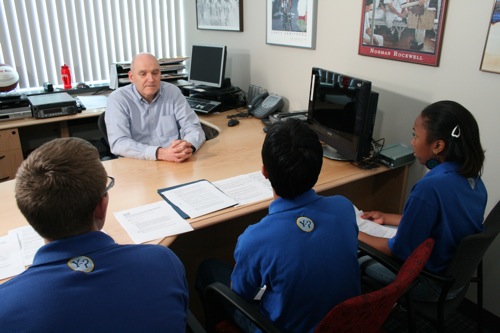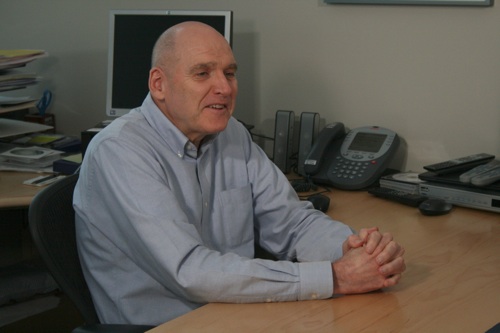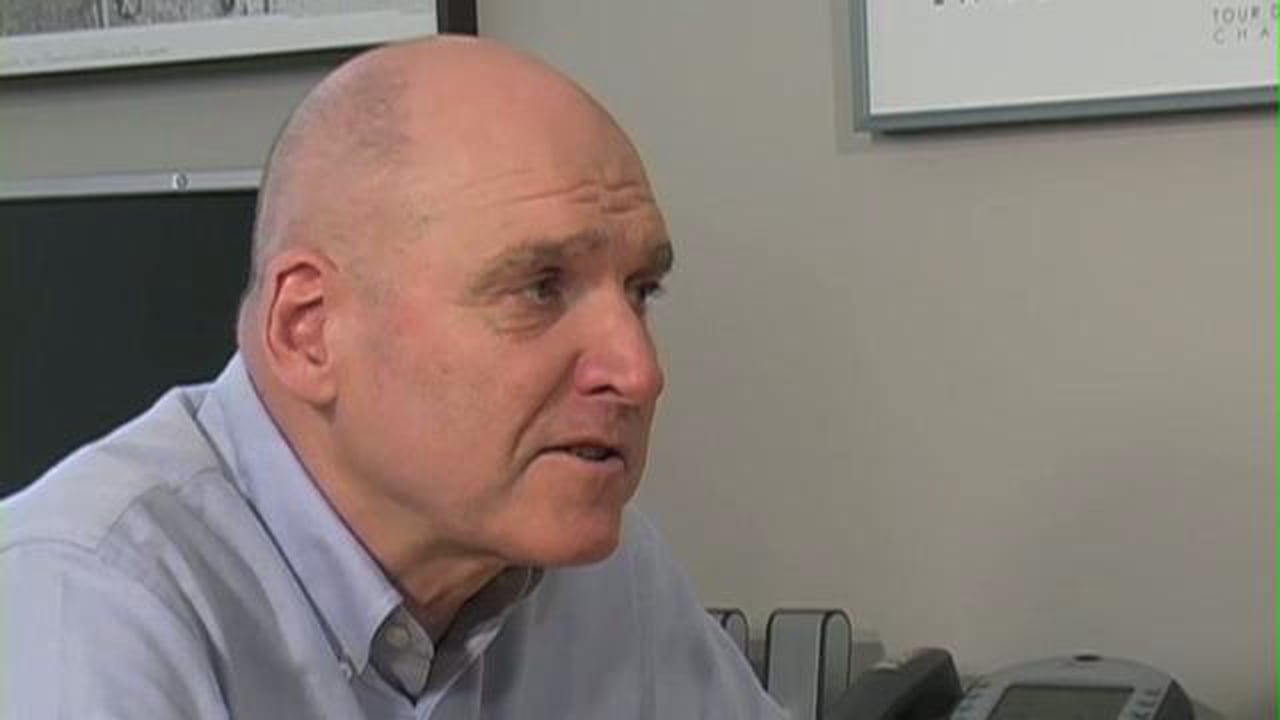Power of the Question
Lesson 2: Topic and Demand
WARM-UP ACTIVITY

Distribute Q2 handout to students and ask them to read the questions and determine which quality the question has. Students may check none, one, two or all boxes depending on the question. Be prepared to defend choices.
In pairs have students discuss responses. As a class, discuss all five questions and the qualities of each. (If teachers want, they could also have the pairs of students brainstorm some additional questions to share with the class and use those questions to “test” the class to see what was checked in the graphic organizer they heard Sawatsky talk about the anatomy of a question. Review and explain these big ideas. (If desired replay this portion of the video.)
You can watch the entire video here.
| Q2 handout | open | neutral | lean |
| 1. Do you like ice cream?
|
|||
| 2. What role does the Internet play in education?
|
|||
| 3. How are teenagers portrayed in society?
|
|||
| 4. What did you think about the awesome game between the Yankees and the Red Sox last night?
|
|||
| 5. Why do you think Obama is the best president and what will be his legacy?
|
CONCEPT FORMATION
Remind students that yesterday, they heard Sawatsky talk about the anatomy of a question. Review and explain these big ideas. If desired, replay this portion of the video.
Big ideas that Sawatsky emphasizes:
- Power of a question lies in its demand
- Questions that start with What, How or Why demand the most from sources.
- A poor question elicits a poor response.
APPLICATION
Have students examine questions at the end of a chapter in one of their textbooks to determine the topic and demand of each question. Ask students to choose which question they find powerful and defend their choice. As a class generate list of characteristics of powerful questions. Post this list in the classroom.
An alternate source for question is Q & A Science archives of The New York Times.
Using an ESPN interview posted on the Internet, ask the students to discuss as a class:
- What did they notice about the responses?
- If an interviewer asks a question that begins with what, what is the response? (i.e. causes and effects, like What happened?)
- If an interviewer asks a question that begins with how, what is the response? (i.e. processes, like how did it happen).
- And if an interviewer asks a question that begins with why, what is the response? (i.e. Motivation, like why did you do it?)
Introduce one of the short interview clips. This interview will be an example of a poor interview, but do not alert students to this. Again, the clips relate to sports.
(Teachers may search and use their own examples of poor interviews. However, two options are provided in attachments. One is the Jim “Chris” Everitt/Jim Rome interview and the other is a Bobby Knight interview. Note: The Knight interview contains potentially explicit material (words bleeped out), so teacher will want to preview in advance.)
Poor Interview Clips
Before viewing the clips, write the following three questions on the board:
- What kinds of questions are asked?
- What types of responses are given?
- What knowledge is gained?
An alternative is to hand out graphic organizer to students. Encourage students to record their observations.
|
Kinds of questions
|
Types of responses
|
Knowledge gained
|
Show the video clip and after viewing, discuss the posted questions.
- If Sawatsky were critiquing this interview, what do you think he would say?
- How could the interview be improved?
- How would you change the questions?



